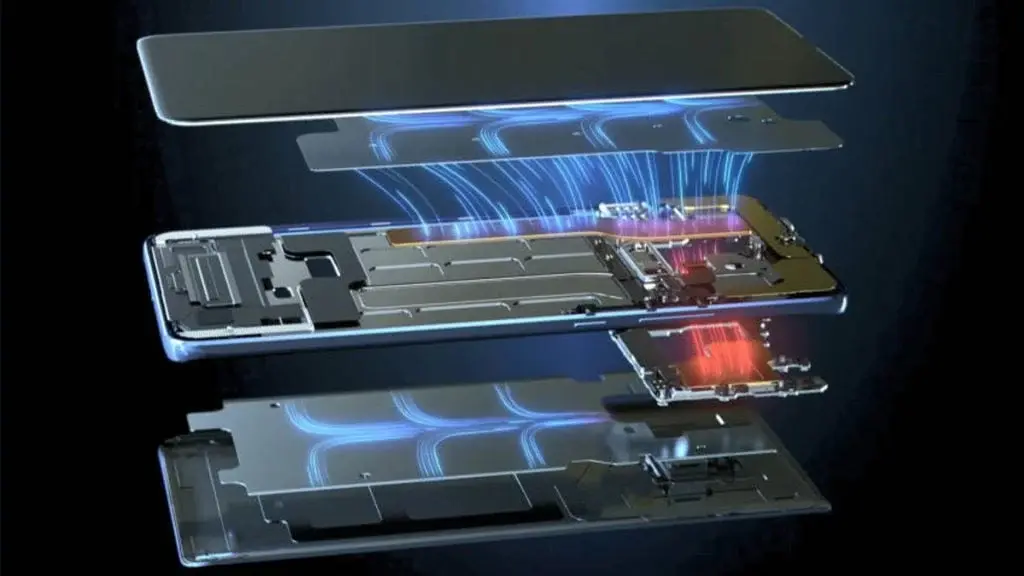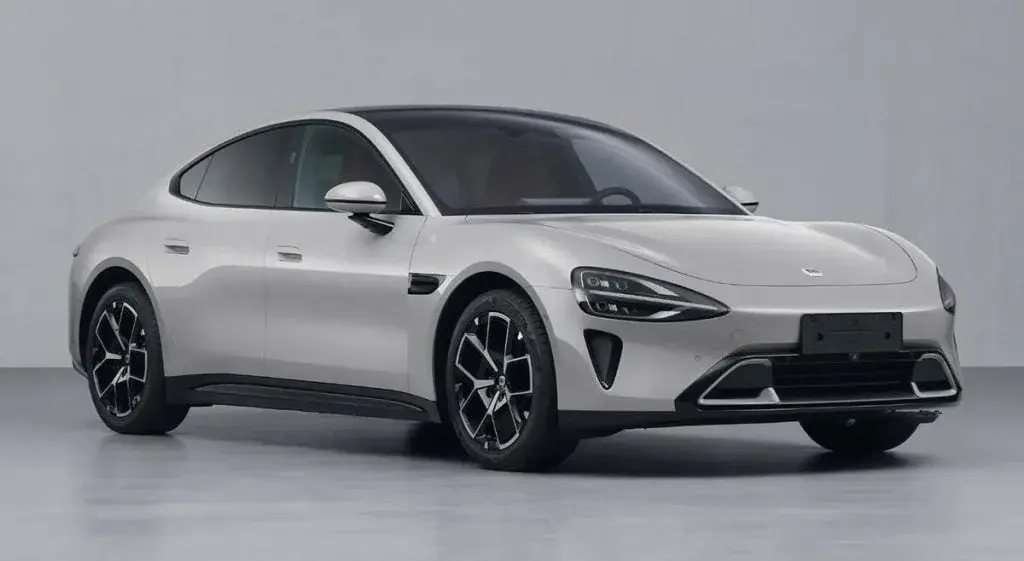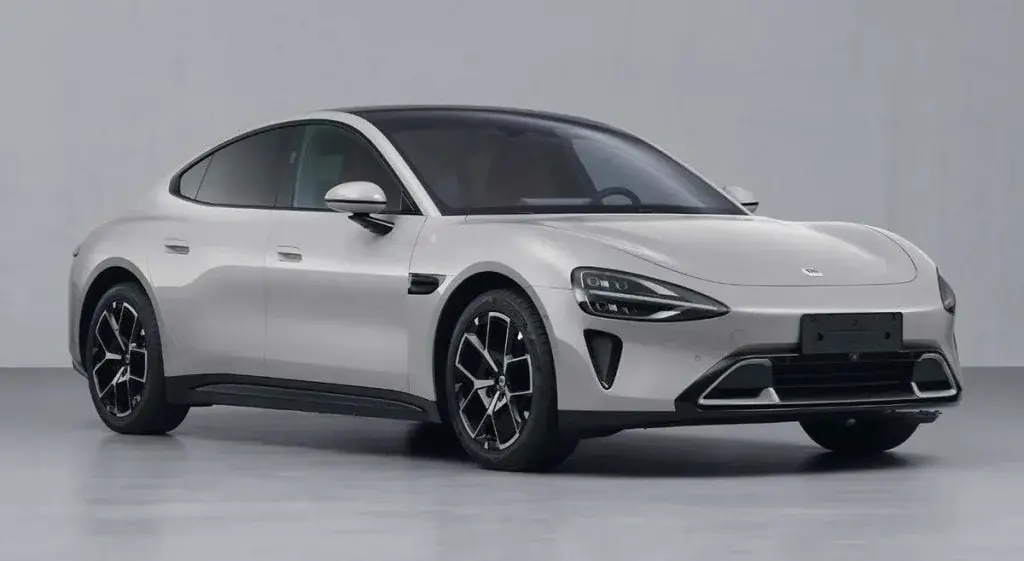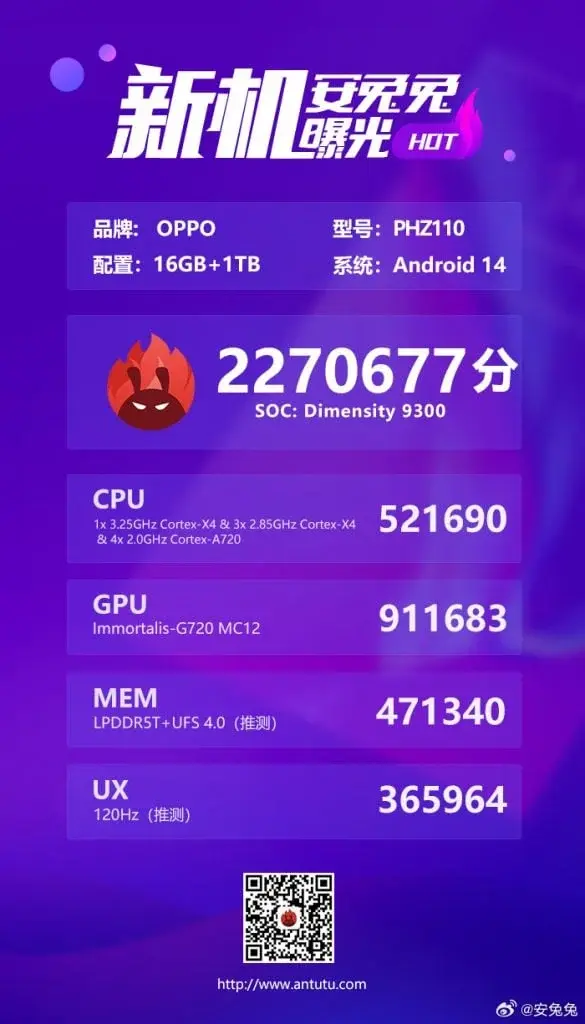Apple’s Graphene Cooling Tech to Revolutionize iPhone 16
Smartphones have come a long way in terms of processing power, thanks to advancements in processor technology. The Snapdragon 8 Gen 3 and Apple A17 Pro have played a significant role in making smartphones more powerful than ever before. Gone are the days when basic menu transitions on these devices were noticeably sluggish. Today, smartphones can rival the performance of modern gaming consoles. In fact, devices like the iPhone 15 Pro and 15 Pro Max can handle demanding PC and console games with ease. However, this increase in performance comes with a downside: overheating.
Overcoming the Heating Issue
As smartphones become more powerful, managing temperatures becomes crucial. Users of the iPhone 15 Pro models have reported excessive heating issues, making the devices uncomfortable to hold. Some users have even joked about using their phones as cooking appliances due to the intense heat. While these issues are not common during light tasks like watching Instagram Reels, certain optimization problems in iOS 17 are believed to contribute to the overheating.
Apple's Solution: Graphene Cooling
To address the heating concerns, Apple is actively working on a solution for the upcoming iPhone 16 series. According to leakster KosutamiSan, Apple will incorporate a graphene block into the iPhones to prevent the temperature from getting out of control. It's important to note that Apple will not be using any active cooling technology, such as fan-based cooling. Instead, they will rely on graphene, a material known for its excellent heat conductivity.
The Power of Graphene
Graphene is a material with exceptional heat conductivity. At room temperature, graphene has a thermal conductivity of 5000 watts/meter-kelvin, which is about two times that of copper and three times that of silver. By utilizing graphene cooling, Apple aims to effectively manage temperatures and prevent overheating issues in the iPhone 16 series.
Continued Advancements
While graphene cooling is a logical solution, Apple is also continuously working on making its processors more powerful and efficient each year. This means that despite the increase in power, the processors consume less energy, resulting in a decrease in heating issues. However, it remains uncertain whether these advancements will be sufficient for the iPhone 16. We will have to wait until September, when the iPhone 16 is expected to be released, to see what Apple has achieved.
Stay Tuned for Tech Updates
As we eagerly anticipate the release of the iPhone 16, TeknoBurada will keep you updated with the latest tech news and updates. With Apple's focus on addressing the heating concerns and incorporating graphene cooling technology, the iPhone 16 series is set to revolutionize the smartphone industry.










